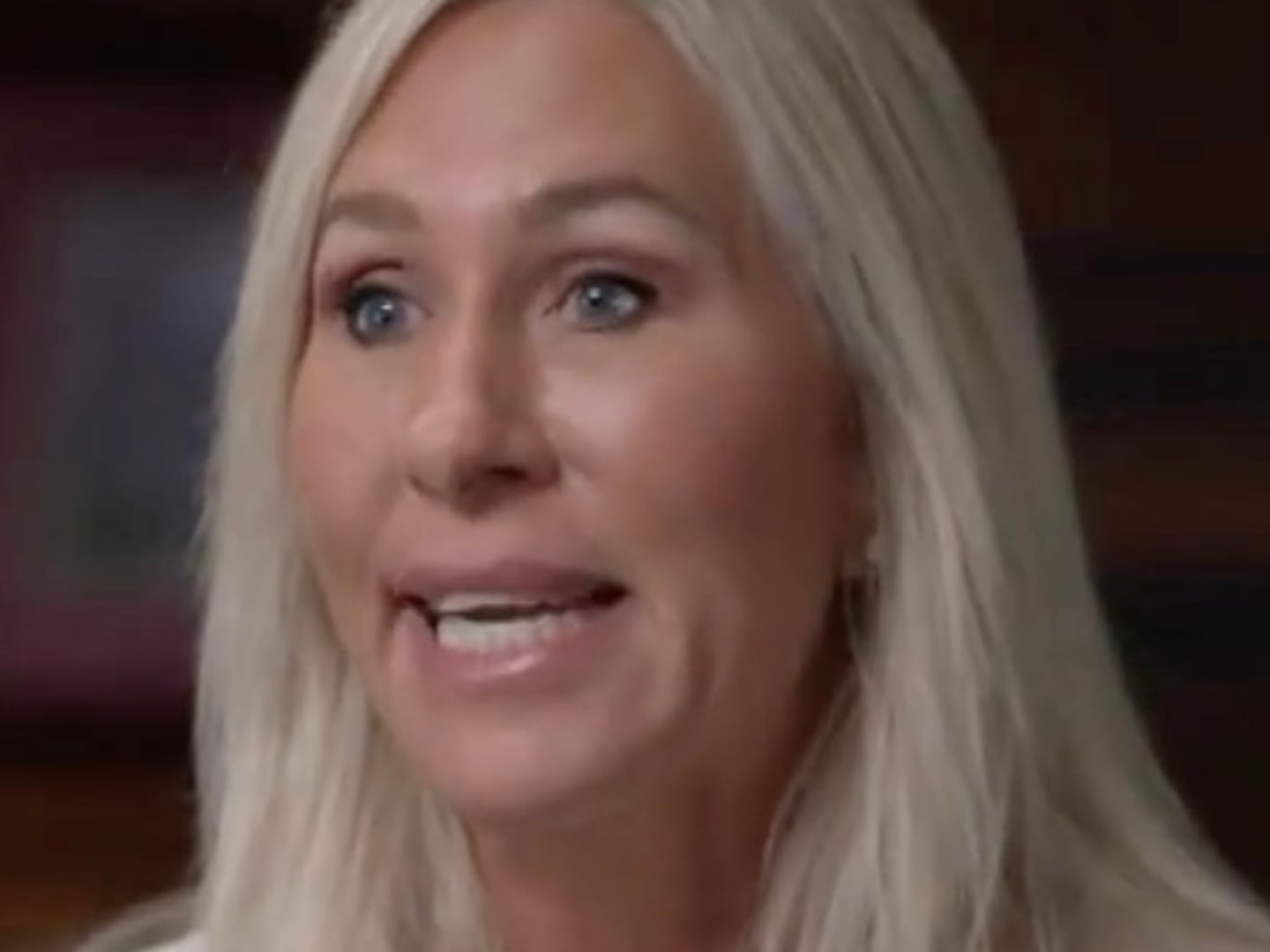Across the plaza diagonally from the Metropolitan Opera, at the now David H. Koch Theatre, there used to be another opera company not so long ago, the New York City Opera (NYCO). Although it met an untimely, public and somewhat grisly death in late 2013 when it filed for bankruptcy, there are already multiple plans to resurrect it, like some sort of Opera Zombie. Is it possible to resurrect NYCO, or are the plans doomed to failure?
NYCO, founded in 1943 and called “the people’s opera” by Mayor Fiorello La Guardia, sought to make opera more accessible with reasonably priced tickets and to provide a home for American singers and composers.
It went on to make a name for itself not only as a champion of new American works, but also as a career launchpad for the likes of Beverly Sills, Placido Domingo, Norman Treigle and Jose Carreras among many others. Sadly, it was still often viewed by some as the red-headed stepchild of Lincoln Center.
After 70 years, NYCO met its dramatic and disastrous end on October 1, 2013 filing for bankruptcy less than two weeks after its heavily publicized US premiere of the Anna Nicole Smith opera at the Brooklyn Academy of Music (BAM).
But NYCO’s financial problems started in earnest nearly 10 years earlier when they began dipping into their endowment to cover operating costs. They worsened in November 2008 when new and highly regarded incoming general director Gerard Mortier abruptly resigned before beginning his first season with NYCO.
Mortier was reportedly promised a budget of 60 million dollars which was then cut at least in half and to perhaps as low as 15 million. This led to his prompt resignation.
In January 2009, George Steel, then general manager of Dallas Opera, was brought in as new general manager of NYCO and charged with turning the company around.
Unfortunately, NYCO’s Lincoln Center home, the David H. Koch theatre (formerly The New York State Theater), underwent major renovations in 2008-2009, and NYCO chose not to perform there that year.
Instead they held only a smattering of concerts around town which decimated their already weakened subscriber base and led to an increased loss of revenue forcing the company to take an additional 24 million from its endowment to meet its costs.
In 2011, NYCO left Lincoln Center altogether due to higher rent at the now newly renovated David H. Koch theatre. From 2011-2013 NYCO billed itself as a younger, hipper moveable feast playing at City Center, El Museo del Barrio, BAM and various other venues around the city.
Yet financial problems still bubbled up and management locked performers out of rehearsals in January 2012, before cutting their pay by more than 80%. The full terms of the performers’ return is still a matter of debate.
The façade completely crumbled on September 9th, 2013, two weeks before the opening of Anna Nicole, when General Manager George Steel announced (in a dear-god-help-us-the-sky-is-falling email) that the company needed to raise 7 million dollars in three weeks or else cancel the rest of the season after the opening run of Anna Nicole and cancel the proposed 2014-15 season as well.
NYCO tried several insane and histrionic last-second fund raising ideas including a completely surreal 1 million dollar 22 day online Kickstarter campaign.
The “rewards” for the Kickstarter campaign were almost as bizarre as the million dollar online Hail Mary pass itself: for a $100 donation you got a four pack of postcards and a mention on NYCO’s virtual donor wall. Or for $10,000 you got a walk on role in Endimione (if they actually did the show, which they didn’t). Or the opportunity to “throw an opera party in your home or workplace” complete with pianist, NYCO singer and 30 minute program. Some party for 10k.
Amazingly the “I Stand with NYCO” Kickstarter campaign managed to raise just over $300,000, but as it did not meet its preposterously ambitious one million dollar goal it got nothing. Not that it would have saved the day anyway as NYCO failed to raise anything close to the additional 6 million they needed. It was all just magical thinking.
The dead NYCO Kickstarter page is still up, actually: a virtual flickering epitaph to their delusional thinking and poor financial planning.
I witnessed this exceedingly bizarre climate of La-La-Land Magical NYCO Thinking firsthand at the aforementioned US premiere of Anna Nicole at BAM on September 17, 2013, where NYCO turned the lobby of BAM into a pink rhinestone and feather boa-ed nightmare complete with a new KIA parked in the lobby with an ANNANICOLE license plate for “Red Carpet Selfies.”
Tickets for the premiere after-party started at $150, which was advertised as “all the glam grandiosity of the opera’s heroine, Anna Nicole Smith.” It also featured “dazzling appearances by drag performers and aerialists, plus free drinks…” A nearly bankrupt opera company begging for its existence online while employing aerialists and drag queens was bizarre in the extreme.
Unsurprisingly, less than two weeks later NYCO filed for Chapter 11 bankruptcy leaving an estimated $5.6 million in debt including pension obligations owed to former employees, unpaid salaries and fees, and refunds to season ticket holders like me. There was much lamenting in the press about the “End of an Era” and “The Death of Opera” in general but that seemed to be the tragic end of it.
However, barely a year later, there are plans to resurrect NYCO.
Michael Capasso, former head of the now defunct DiCapo opera on the Upper East Side, and Roy Niederhoffer, a New York hedge fund manager, appeared in bankruptcy court as NYCO Renaissance (NYCO-R) with a proposal to buy the remainder of NYCO’s assets.
While NYCO auctioned off the majority of its sets, props and costumes in 2012, the opera’s trademark, the URL of its website, donor subscriber lists and a thrift shop that raises money for the company remain. The proposal lists Niederhoffer as NYCO-R board chairman and Capasso as general director.
Both Niederhoffer and Capasso are familiar to the opera scene, though there are those who do not think of them fondly. Capasso is accused by some of running his DiCapo Opera company into the ground and not paying many of his employees including singers and orchestra.
In 2010, Local 802 of the American Federation of Musicians filed a grievance against DiCapo Opera for unpaid wages and recovered more than $50K in “wages, pension and late fees for musicians who had not been paid for performances.”
And last year the union won a judgment against the company for nearly $67k in back pay and penalties, which Capasso has said he “intends to pay when he can.”
Roy Niederhoffer, on the other hand, is a successful hedge fund manager and the President and founder of R. G. Niederhoffer Capital Management. He is also a former NYCO board member—the same board that greenlit the insane NYCO Kickstarter campaign and the ten thousand dollar dinner party singing telegram service. (This connection has given many pause.)
Putting aside the people behind NYCO-R, there have also been questions as to the financial viability of their proposal, which includes an opening night and continuing shows at the Rose Theatre at Jazz at Lincoln Center which seats 1233.
Though far less than the Met’s nearly 4000 and the Koch theatre’s 2586, it is still a monumental undertaking to sell out the Rose for any opera company, let alone a fledgling one.
Alan S. Gordon, the executive director of the American Guild of Musical Artists, which represents opera soloists and choristers, and who was intimately involved in the Met opera union deliberations earlier this year, has called the NYCO Renaissance plan “an imaginative but grossly underfunded pipe dream, an unrealizable fantasy that will frustrate the hopes of opera lovers for a revival of City Opera.”
When contacted by The Daily Beast, Roy Niederhoffer stated he was unable to comment due to the ongoing nature of the case.
Just when the NYCO bankruptcy couldn’t get any more outlandish, the highly successful New York architect, Gene Kaufman, has entered the scene with his own proposal. He has his own questionable history with the case.
Kaufman is accused of greatly exaggerating his operatic connections to both Opera America, a national opera service organization, and to the highly regarded Glimmerglass festival in Cooperstown, NY in his competing proposal.
Glimmerglass issued a statement saying, “the Board has not participated in the preparation of the Kaufman proposal, has not authorized it and takes no responsibility for it.”
And in a January 17 letter, Marc A. Scorca, Opera America’s president, wrote that Mr. Kaufman’s proposal had represented his group “in a manner that is not consistent with our understanding of our relationship.”
To add insult to injury, just last week it was also revealed that the name of the company Kaufman set up for the NYCO bankruptcy proceedings, “Opera New York,” is already owned and used by another small company who were shocked when flooded with calls asking about their purchase of NYCO.
The company demanded last Friday that Kaufman’s “use of this name must cease and desist immediately.” Arthur Steinberg, a partner at King & Spalding and lawyer for Mr. Kaufman, said in a statement that “we will resolve the issue by Monday.”
So it’s all muddled, confusing and insane.
Continuing in this vein last week, Capasso and Niederhoffer, although having bid 1.25 million versus Kaufman’s 1.5 million in the bankruptcy court auction, have received the support of the old NYCO board. Which has led to cries that the fix is in.
Kaufman’s team has argued that the sale process has been skewed towards NYCO-R and plans to appeal should bankruptcy judge Sean Lane confirm NYCO’s approval of the NYCO-R proposal.
“We need to know what factors were considered in making their decision,” said Steinberg. “How can this take place when we offered the most money?”
“The debtors’ preferred person was always its board member,” Steinberg continued. “The board members were deciding to give it to their board member.”
“We have not heard the final act—a pivotal moment in most operas,” Mr. Kaufman said in a statement.
A request to Arthur Steinberg asking for comment has gone unanswered.
What Kaufman and NYCO-R may not have noticed as they battled for the NYCO name is that many small opera companies and opera festivals are filling the void left by NYCO.
Gotham Chamber Opera, Loft Opera and others have been warmly received by New York City operagoers, selling out shows and being reviewed alongside the Met in the New York Times.
And just two weeks ago in January, New York saw 5 brand new operas and 2 works in progress from the Prototype Festival and Opera America’s New Works Forum alone.
Can NYCO-R compete with smaller innovative works such as “Why is Eartha Kitt trying to Kill Me?” at the fashionable (le) Poisson Rouge, or the sexy twist on opera that Operotica and L’Opera Burlesque offer?
Does New York need another “major” opera company and will a resurrected NYCO will be able to find its footing in the even more crowded field of smaller opera companies and recapture even a modicum of its former glory?
NYCO’s fate ultimately lies with Judge Lane in New York, who will hold another hearing to determine whether he agrees with the debtor’s decision to sell to the lower bidder. Regardless of Lane’s decision, the first “official” NYCO-R concert is on March 9th, 2015; we’ll see if we get The Merry Widow or The Walking Dead.
For more information about NYCO Renaissance go to nycorenaissance.com.





